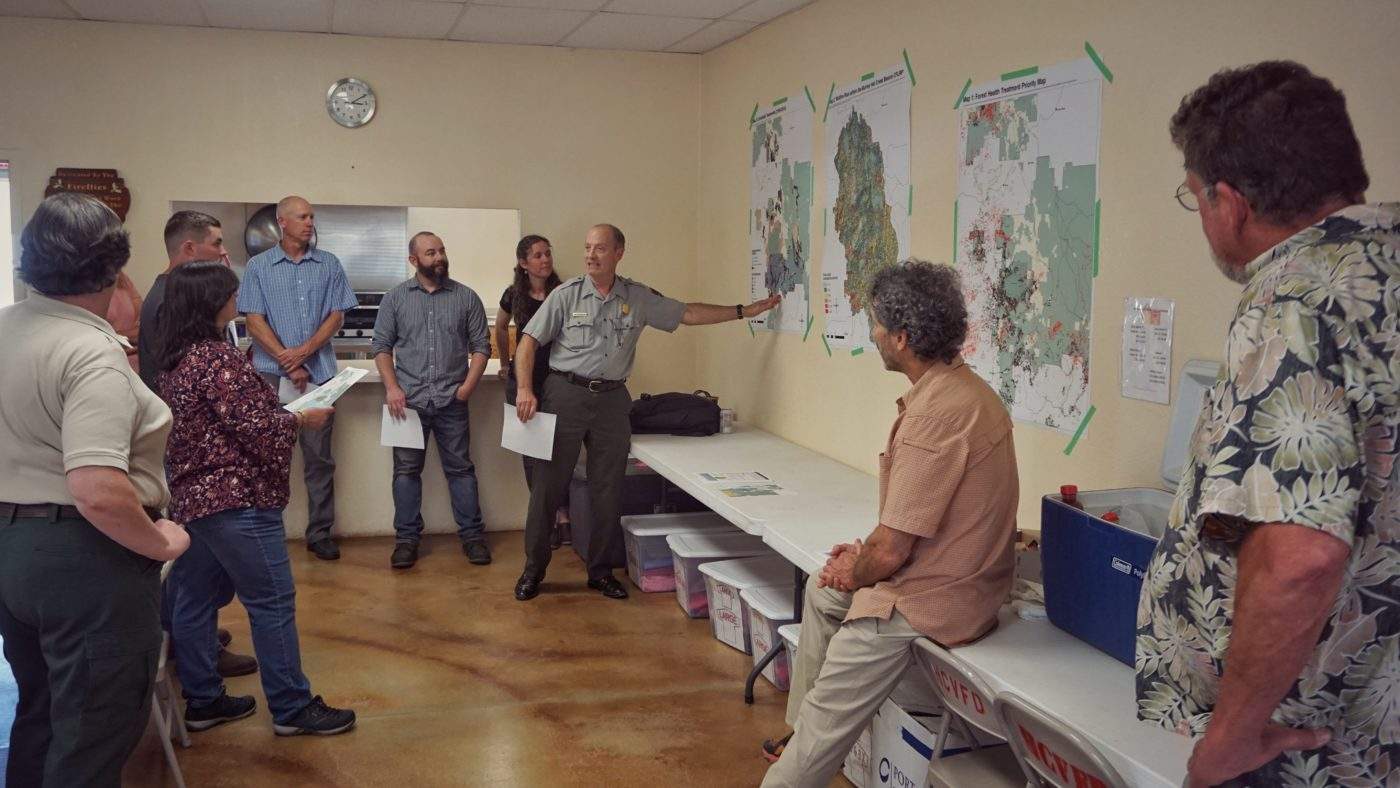While driving from Oregon toward Indian Valley and my new position as Watershed Coordinator at the Sierra Institute for Community and Environment, I reflected on the circuitous route that finally brought me here. I thought of a childhood in the mossed, temperate rainforests of Oregon’s Willamette Valley, a handful of years pursuing degrees and mountain peaks in Western Montana, and then a full turn in trajectory and lifestyle with three years of Peace Corps service in the Philippines. Life and work in Plumas County seemed far removed from managing coastal resources and on a remote, tropical island. I’d traded mangroves for manzanita and barracuda for black bears. Palms became pines. My priorities shifted from a community concerned with rising sea levels and extreme typhoons to a region in constant threat of catastrophic wildfires. The Philippine archipelago and the forests and rivers of Northern California seemed worlds apart. The word best describing the relationship between my recent past and near future—disconnected.

Like separate tributaries merging into a larger waterway, different circumstances led to the creation of the Watershed Coordinator position at Sierra Institute. California’s original Watershed Program, designed in reaction to the state’s water quality crisis, was meant to promote new community-based approaches to watershed scale management and support upstream projects. The Sierra Institute evaluated the social and ecological outcomes of the millions of dollars invested in such initiatives between 2000 and 2014. The assessment of the CalFed Statewide Watershed Program, “Wading through the Watershed Program”, identified valuable lessons for projects meant to improve watershed and forest health, including the critical effectiveness of the Watershed Coordinator Program. The report emphasized linkages between the health of forests and watersheds and contributed to the initiation of the Forest Health Watershed Coordinator Program in the beginning of 2019.
Perhaps most importantly, they adapted to support the purposes and missions of the groups and people they worked for.
So, what is this critical link between watershed coordinators and forest and watershed health? While investments in hard infrastructure such as capital, equipment, and labor are necessary to implement projects, the assessment of the watershed program highlighted the often-undervalued importance of soft infrastructure – or human capital and the institutions that cultivate it. Watershed Coordinators trained in facilitation, conflict resolution, grant writing, and communication and outreach were critical for community and organizational capacity building. Their contributions were wide-ranging. They were advocates and champions of groups and projects. Gatherers and sharers of information. They were connectors; solidifying relationships between people and organizations. Perhaps most importantly, they adapted to support the purposes and missions of the groups and people they worked for.
As I settled into my new role, my daily tasks continued to remind me just how service-oriented the Watershed Coordinator position can be. The Department of Conservation Forest Health Watershed Coordinator Grant awardees have multifaceted roles and must be responsive to the needs of the collaboratives they support.The network of watershed coordinators is meant to increase resource sharing and enhance the effectiveness of collaborative groups through the cross-pollination of successes, failures, and innovative approaches to large landscape management. With their ability to communicate and connect across administrative and jurisdictional borders, the linkages between watershed coordinators is another important element in the regional development of soft infrastructure.
With their ability to communicate and connect across administrative and jurisdictional borders, the linkages between watershed coordinators is another important element in the regional development of soft infrastructure.
Sierra Institute pushes the boundaries of large-landscape management through creatively weaving large landscape projects for forest and watershed health with improved community livelihoods and well-being. Collaboratives such as the South Lassen Watersheds Group (SWLG) continue to test the limits for how diverse individuals can work together to tackle wide-ranging and wicked problems. The SLWG is comprised of stakeholders, Tribes, state and federal agencies, non-profits, and community groups who have often worked together and been involved in collaborative projects for many years. Through working together members find success through established trust and reciprocal participation. The Sierra Institute encourages the development of this social capital through essential building blocks such as intentional meeting management, a shared group vision, agreed upon ground rules for dialog, and a long enough timeframe for forging strong working relationships.

Each day I’m reminded of the parallel relationship of service and the coordination of collaborative groups. I’m beginning to see a closer connection between my work supporting the SLWG and my grassroots organizing efforts in small fishing communities in the Philippines. Though the respective barriers to ecological health and community well-being in these two places naturally differ, the importance of being an advocate, facilitator, sharer of information, and resolver of conflict are often uncannily similar. The essential human ingredients of patience, awareness, trust, and reciprocity remain the same. These ingredients are also positive outcomes of collaboration—it becomes a fine example of using means worthy of the ends we hope to achieve. In the case of watershed coordination, service, support, and the act of assistance seem like means that are plenty worthwhile to me.
By Dov Weinman, Watershed Coordinator


